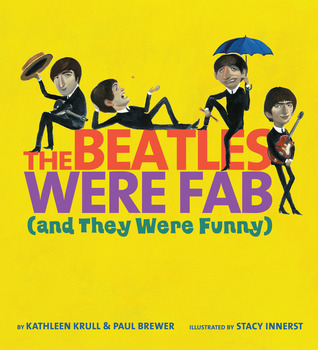Wondering what the 10 plants are?
Spoiler alert! Drumroll...
1) Papyrus
2) Pepper
3) Tea
4) Sugarcane
5) Cotton
6) Cacao
7) Cinchona
8) Rubber
9) Potato
10) Corn
In reading about each of these world shaking plants, it occurred to me that early civilizations were really onto something. I am also writing this post on Columbus Day though it won't post until later, and though I'm not at all a fan of his methodology, it makes me think of Chris and all those other explorers of the late 1400's and their shock at early cultures valuing plants or spices in higher regard than...gold. But the joke's on the explorers because once you have gold, you use it to get...your hands on those super valuable plants and spices. Am I right?
Author Gillian Richardson does an awesome job of engaging readers with fun factoids, history, and even present day anecdotes as well as frame of reference for the impact we have on the growing climate for many of these plants and conservation as well.
Artist, Kim Rosen, has a unique style that lends itself to creating artwork to complement the Richardson's text.
One more spoiler - herbal tea does NOT contain tea. Who knew?
Reading about wars waged for control of supply and supply routes of many of these natural resources made me think of the present day situation we find ourselves in waging wars or...conflicts to protect what seems to always end up being countries that are situated with vast access to oil. Coincidence? I think not.
Likewise, for the first time, Great Britain's land grabs and colonization efforts made sense to me for the first time. Again, not that I agree with the methods. At all. But it made sense. They needed tropical lands to grow plants in the "right" climate in order to control the supply chain. The Revolutionary War and the dumping of ALL that tea in the Boston Harbor must have REALLY ticked them off. Just saying.
And the revelation that potatoes did not originate in Ireland was an eye opener for me.
I do so love to learn and 10 Plants that Shook the World kept me engaged and wanting to read more. Kudos to Richardson and Rosen!
10 Plants that Shook the World
ISBN: 968-1-55451-445-8
Published 2013 by Annick Press
I borrowed this copy from my public library to read and review.























